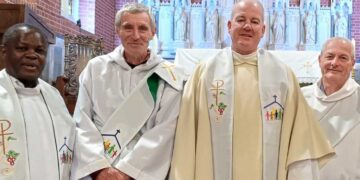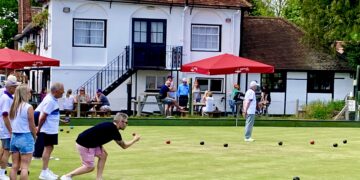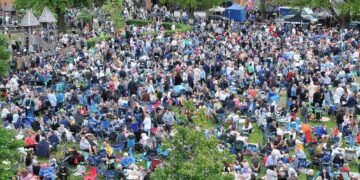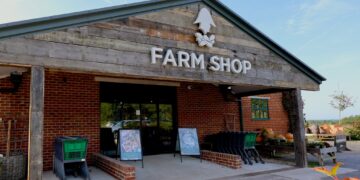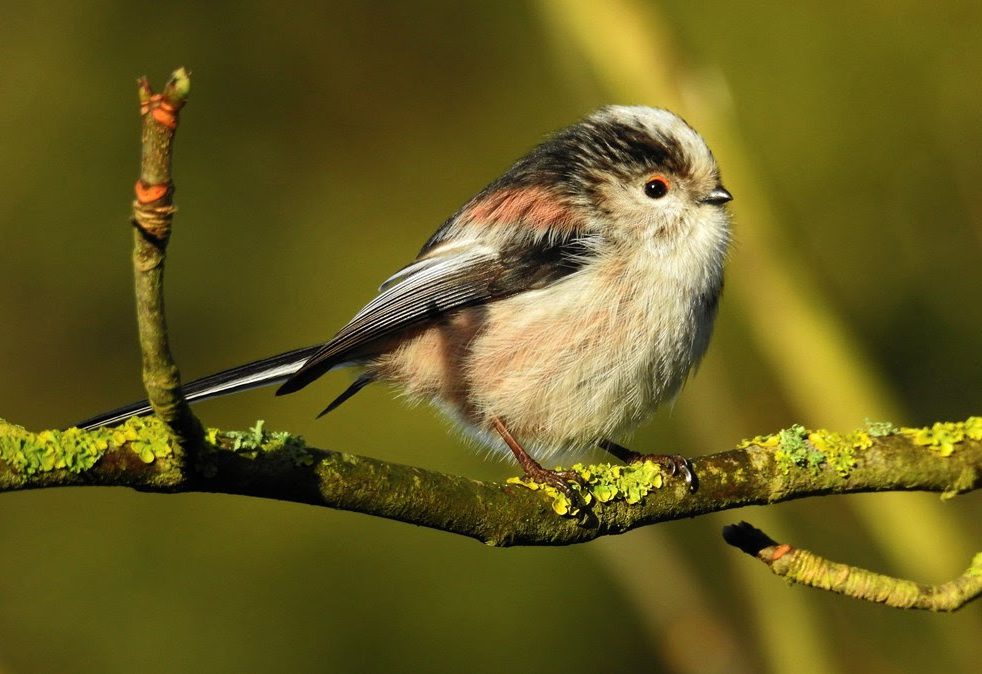Tweet tweet, chatter, cluck, cuckoo. A bird call or two has gone out to Reading residents to take part in the annual campaign to keep track of our feathered friends.
The annual RSPB Big Garden Birdwatch returns over the weekend of January 28-30.
Hundreds and thousands of people are invited to watch and count the feathered visitors to their back gardens.
Last year, more than a million people took part and in Berkshire, it was 16,000.
The charity says that over the past year, the country has seen how important the natural world is to our mental health and wellbeing.
As a result, there has been a surge in interest in the nature on our doorsteps and many people have come to rely on garden birds to bring joy and comfort in these unsettling times.
Those taking part in the Big Garden Birdwatch are asked to set aside an hour recording the birds that land as seen from their windows, balconies or gardens, and submitting their results to the wildlife charity.
Now in its 43rd year, more than 150 million birds have been counted giving the RSPB an astonishing amount of insight into how our wildlife is faring. It is the largest garden wildlife citizen science project going.
Last year, the house sparrow topped of Berkshire’s rankings as the most commonly seen garden bird. The house sparrow and woodpigeon completed the top three.
House sparrows and starlings are the UK’s most sighted birds, but a closer look at Big Garden Birdwatch data shows that numbers have in fact dropped dramatically since the Birdwatch began in 1979. House sparrows are down 58% while starlings are down 83%.
Beccy Speight, the RSPB’s chief executive, said: “We were blown away by the enthusiasm with which people took part in the Birdwatch in 2021.
“We know that for many people, garden birds provide an important connection to the wider natural world and bring enormous joy.
“Over the last year, there has been a broad and much-needed realisation that nature is an important and necessary part of our lives especially for our mental health and wellbeing. But nature needs us too.”
She added: “By taking part in the Birdwatch, you are helping to build an annual snapshot of how our birdlife is doing across the UK. It is only by us understanding how our wildlife is faring that we can protect it. We know that nature is in crisis but together, we can take action to solve the problems facing nature.”
To take part in the Big Garden Birdwatch 2022, watch the birds in your garden or local park for one hour at some point over the three days. Only count the birds that land, not those flying over. Tell us the highest number of each bird species you see at any one time – not the total you see in the hour.
Beccy added: “Whether you saw one blackbird, 20 starlings or no birds whatsoever, it is really valuable information as it helps us build a picture of how our garden birds are faring from one year to the next.”
The parallel event RSPB Big Schools’ Birdwatch is running until February 21. Since its launch, more than a million school children and teachers have taken part. Further information can be found at www.rspb.org.uk/schoolswatch
For a free Big Garden Birdwatch guide, which includes a bird identification chart, top tips for your birdwatch, RSPB shop voucher, plus advice on how to help you attract wildlife to your garden, text BIRD to 70030 or visit www.rspb.org.uk/birdwatch


















